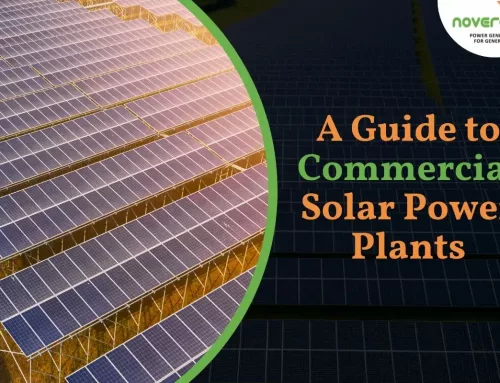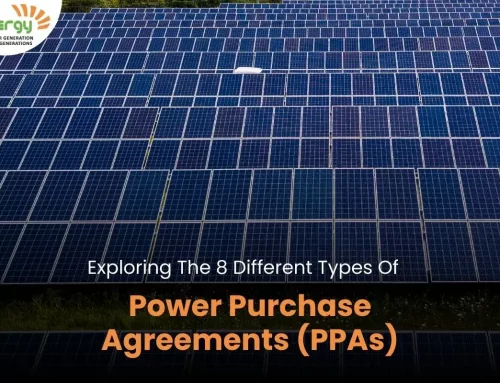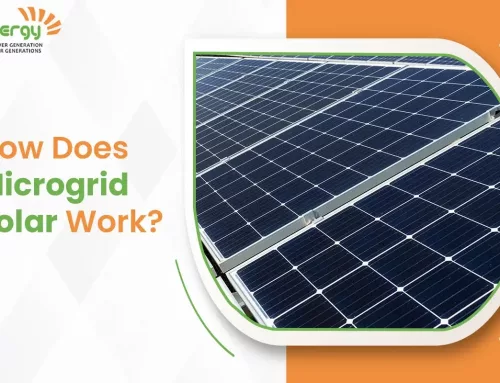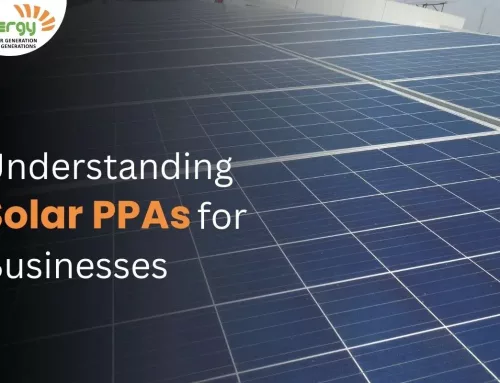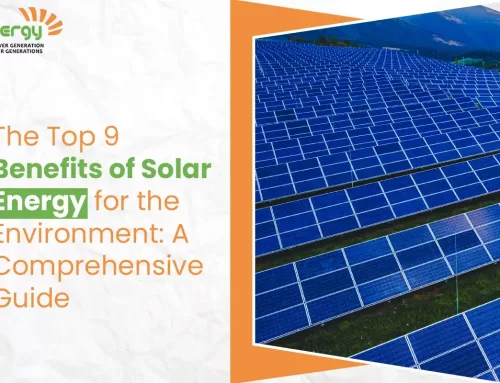Most solar panels carry a 25 years warranty.
This warranty is intended to protect and secure the customer’s solar panel investment so that they continue to get desired returns and performance from the implemented solar system.
While high quality solar panels are supposed to be rugged, reliable and designed to withstand harsh outdoor conditions like UV, IR, Sunlight, Rain, Snow, etc, the warranty offered with solar panels is not a complete product warranty. Rather it is a power output warranty with some conditions attached to account for the degradations in solar panelsthat happens from the moment the solar panel is installed in field.
Solar panels have a certain amount of degradation as they age in field conditions.
In case of good quality solar panels, the degradation is a known percentage which occurs with time.
This degradation falls under 2 broad categories:
- LID = Light induced degradation. This degradation occurs due to the exposure of the solar module to sunlight and the associated radiations such as UV, IR, etc.
- PID = Potential induced degradation. This degradation occurs due to the potential {voltage} applied to the solar panels when they are connected together in a system.
{Note: It must be kept in mind that both kind of degradation exist in best of solar panelson account of inherent physical and chemical characteristics. We are not considering here the other types of degradations which occur in cheaper or lower quality solar panels. That will be discussed in a separate article.}
Standard solar warranty
The standard solar panel warranty consists of a 25 year warranty in 2 steps.
In the first 10 years the product carries a warranty to assure that it will maintain at least 90% of its initial rated capacity. This means that a 300w solar panel will at least maintain 90% of its rated solar capacity till the end of 10 years {i.e. 270w or more of its power output by the end of the 10th year. Hence if the solar panel is generating any power lesser than 270w in the first 10 years then it is due to be replaced by the manufacturer free of cost under warranty }
After the first 10 years the product carries an assurance to provide at least 80% of its initial rated capacity by the end of 25th year. {Hence, the 300w solar panel as mentioned above should at least provide 80% or more power till the 25th year. If it is generating lesser power, then it is liable for replacement free of cost by the manufacturer.}
Linear solar warranty
Good quality solar modules should basically follow a fixed pattern of annual degradation. Hence a solar panel should exhibit a uniform degradation over the warranted 25 years.
Considering this fact, it is better to opt for a Linear warranty assurance in the interest of client.
In this case a typical warranty of solar panel is as follows:
For the first year the solar panels will maintain at least 98% of its rated power or higher.
Subsequent to the first year, the solar panels would not exhibit a degradation of greater than 0.67% per annum.
This way the customer stands to be more assured and gets a very high reliability factor.
The Chart below illustrates how customers can derive greater value from Linear Warranty.
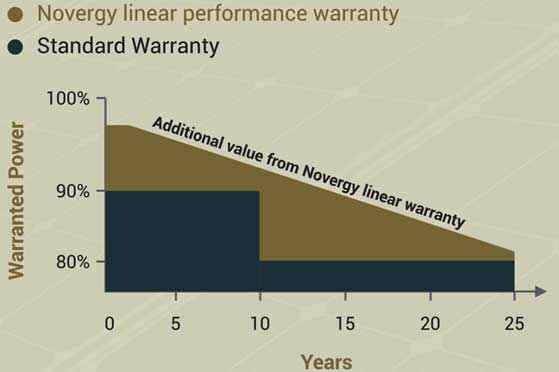
Conclusion
Hence, the choice of choosing solar panels that comes with a LINEAR Warranty is definitely a lot smarter decision, considering the fact that there is a cumulative156% benefit over the 25 years warranty period of the solar panel.
The Table below gives a detailed analysis of benefits while comparing Standard Warranty Vs Linear Warranty:-
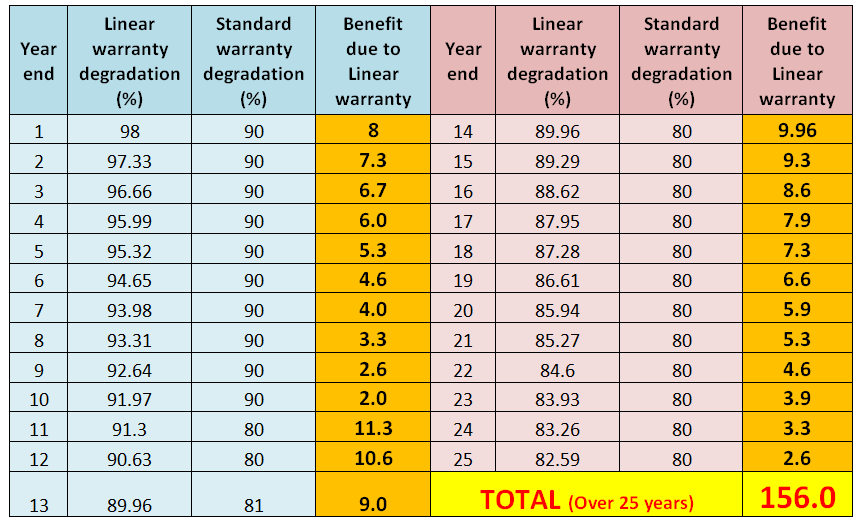
If you are going in for making a big ticket solar investment, make sure you ask for Linear Warranty from your supplier. This is one of the many ways you will extract a greater value from your investment.



